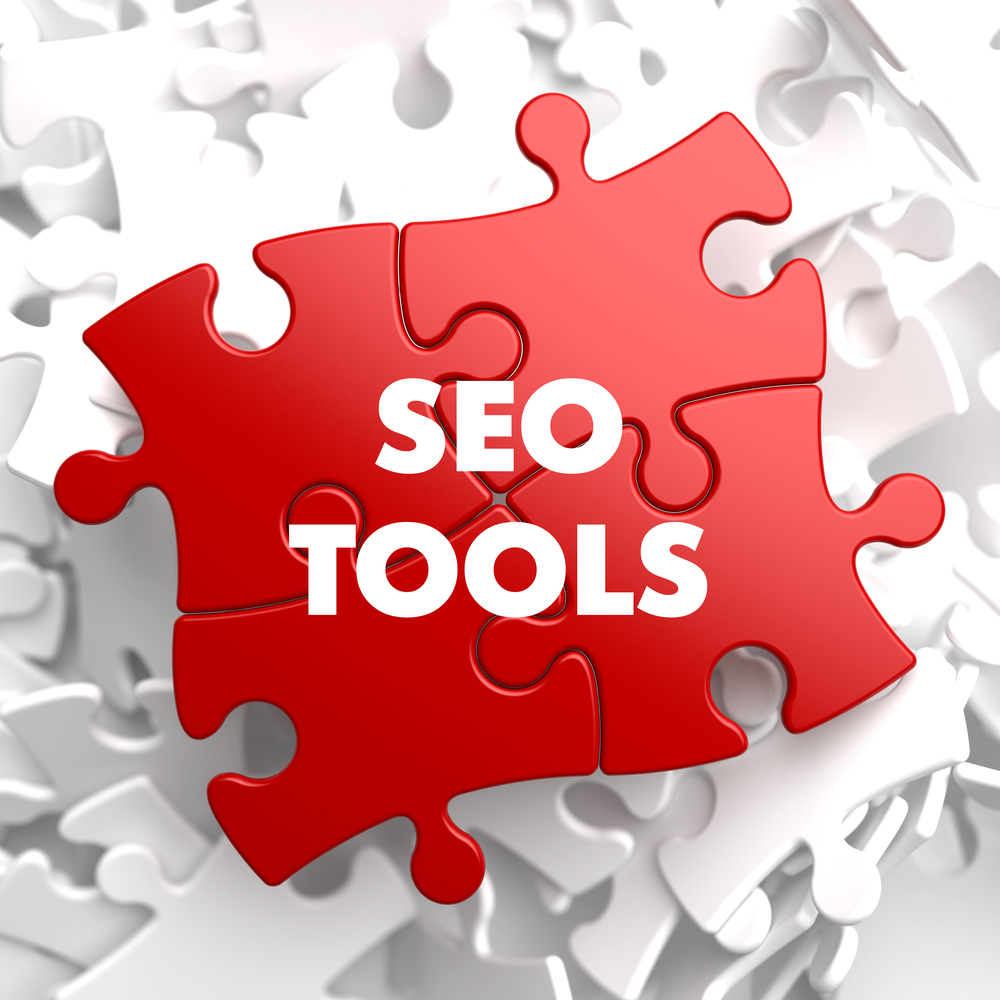Discover the essential tactics to supercharge your content for improved search engine rankings and a boost in organic traffic.
Getting the Scoop on On-Page SEO
Optimising your website for search engines through on-page SEO involves fine-tuning both the front-end and back-end elements. Merely creating and launching your site won't cut it - you need to tailor it for Google to attract traffic.
The term "on-page" SEO refers to the visible adjustments you make on your website that visitors can see, unlike off-page and technical SEO tactics. It's crucial to get every aspect of on-page SEO right, as it's entirely in your hands.
Importance of Keyword Research
On-page SEO isn't just for search engines - it's also about connecting with your audience. Google is all about relevance these days, aiming to understand what users are truly looking for and deliver results that hit the mark.
In Google's "How Search Works" report, they highlight that a key indicator of relevance is when a webpage aligns with the keywords in a user's search query. This is why keyword research plays a vital role in optimising your content and ensuring it appears in the right search results. So, it's essential to be picky about the keywords you choose.
While it might be tempting to stuff your pages with numerous keywords in the hopes of covering all bases, this strategy won't actually improve your ranking. Instead, focus on creating content that truly addresses the needs of your audience and provides valuable answers. Concentrate on optimising for a single keyword or key phrase per page to maximise your SEO efforts.
Creating High-Quality Content
Crafting top-notch content is a key element of on-page SEO. Premium content not only adds value for your readers but also helps search engines grasp the relevance and utility of your site.
When developing content, prioritise delivering valuable insights, employing proper formatting and structure, and seamlessly incorporating relevant keywords.
Heading and Title Tags
Heading Tags
Headings are like the masterminds behind your content, guiding both search engines and users through the layout of your page. By sprucing up your headings with captivating descriptions and relevant keywords, you can enhance the readability and SEO charm of your content.
So, what's the deal with a page heading tag? It's an HTML element that organises a web page in a hierarchical structure. While headings may not directly impact your SEO as they once did, they still offer valuable perks. Well-crafted headings enhance the user experience by simplifying page navigation and comprehension, ultimately reducing your bounce rate - a factor search engines consider.
Always keep your users at the forefront when diving into SEO. Use headings to give your content structure, clearly delineating each section so visitors can easily find the information they're looking for.
Optimal Strategies for Crafting Page Headings
- Ensure that your page title is adorned with an H1 tag - the crown jewel of headings. Remember, only one H1 heading is allowed per page, so make it count. Treat the H1 heading as the title of a captivating book, setting the stage for what lies within. While some CMS platforms may automatically assign tags, it's always a good practice to double-check and confirm that your page heading boasts the prestigious H1 status.
- As you progress through the page, use H2 and H3 headings to segment different sections and guide the reader seamlessly. Each heading tag carries its own weight in importance - think of H1 as the star of the show, followed by H2, and then H3. These tags serve as breadcrumbs for search engine crawlers, so structure your headings accordingly. While sticking to H3 is typically sufficient, for extensive content with multiple categories, feel free to explore additional tag levels. Here's a sneak peek at how these headings bring a blog post to life:
- H1: Dive into the World of Google's Search Engine Results Page (SERP)
- H2: Decoding the Mystery Behind SERP
- H2: Unveiling the Fascinating SERP Features
- H3: Unraveling Rich Snippets
- H3: Exploring Paid Results
- H3: Understanding Universal Results
- Ensure to incorporate your primary keyword in both your page title and heading. The goal is not to simply match the keyword but to accurately depict the essence of your page's content. For instance, if you're crafting a blog post on the top 5 cities to reside in New Zealand, a fitting heading could be "The Top 5 Cities to Live in New Zealand." Similarly, if you're an event planner designing your website's services page, consider a heading like "Tailored Event Planning Services."
Title Tag
What exactly is a title tag? It's an essential HTML element that defines the title of a webpage, also known as the "SEO title." While the heading tag is designed to inform visitors already on your site about the page's content, the title tag serves a different purpose. It's what appears in search engine results pages (SERPs) to entice potential visitors to click through to your site.
Typically, in most CMS platforms, the title tag automatically mirrors the page heading, which is usually effective. If you've crafted a compelling page heading that accurately represents your content, it will likely work well in search engines too.
It can be beneficial to have a separate title tag from your heading tag. For example, if your page heading is lengthy, creating a shorter version for your title can be advantageous. This is important because titles longer than about 60 characters may get cut off in Google's search results.
Moz's Title Tag Preview tool lets you preview how your title will appear in SERPs and whether it might get cut off.

Best Practices for Title Tags
- Don't forget to sprinkle your main keyword into your title tag.
- Aim to keep your title concise, ideally under 60 characters.
- Ensure that both your page heading and title directly address the main question on the searcher's mind.
- Boost your on-page SEO by including relevant external links on your pages. These links to reputable sources can lend credibility to your content and show both readers and search engines that you've done your homework. Remember, always prioritize creating valuable and trustworthy content for your audience.
Resources to Enhance Your Content Optimisation
These tools offer suggestions to improve your content as you write it:
- Yoast SEO plugin for WordPress
- Built-in SEO Wiz in Wix
- Optimisations in HubSpot page and blog editor
Crafting user-friendly content is the key to creating SEO-friendly content. By delivering high-quality, comprehensive answers to users' search queries, you significantly increase your chances of ranking higher. Avoid stuffing keywords into low-quality content, as it won't have the same impact on your search engine ranking.


